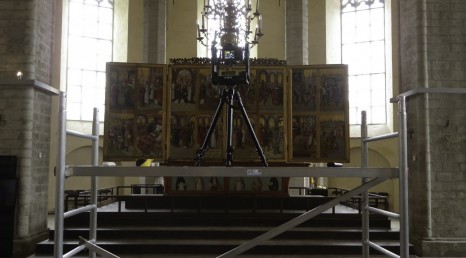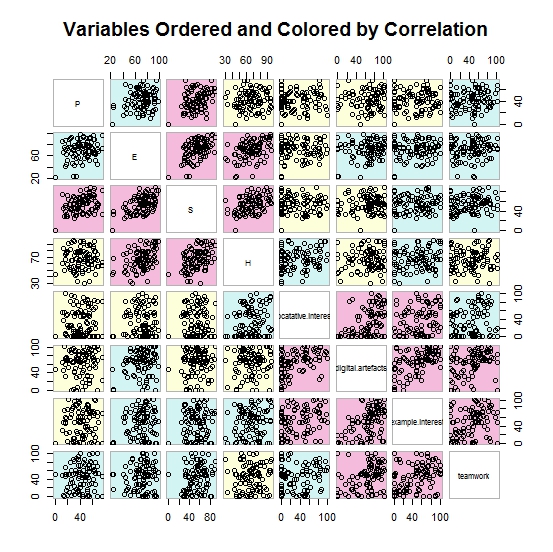Last time I finished with this matrix of scatter-plots, ordered by the magnitude of correlation. But what does it actually mean? Lets take a step back, and look at those derived variables. I ask R to describe the table of variables that I created previously, which include the notional ludic.interest variable and the Hard, Serious, Easy and People fun preference variables.
Continue reading →






